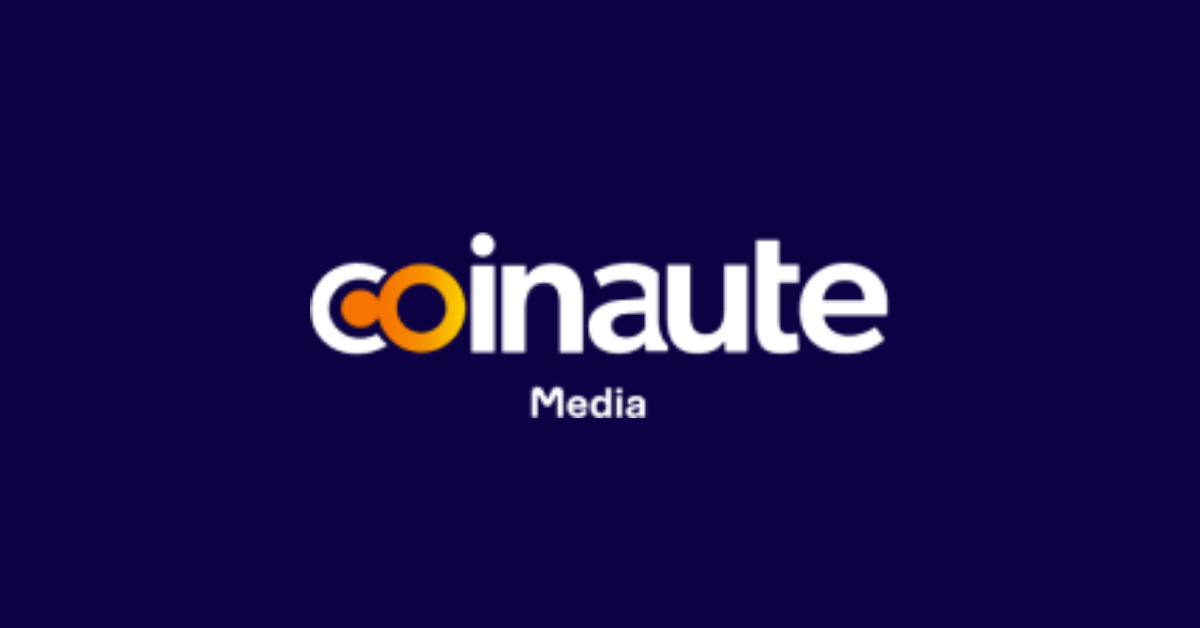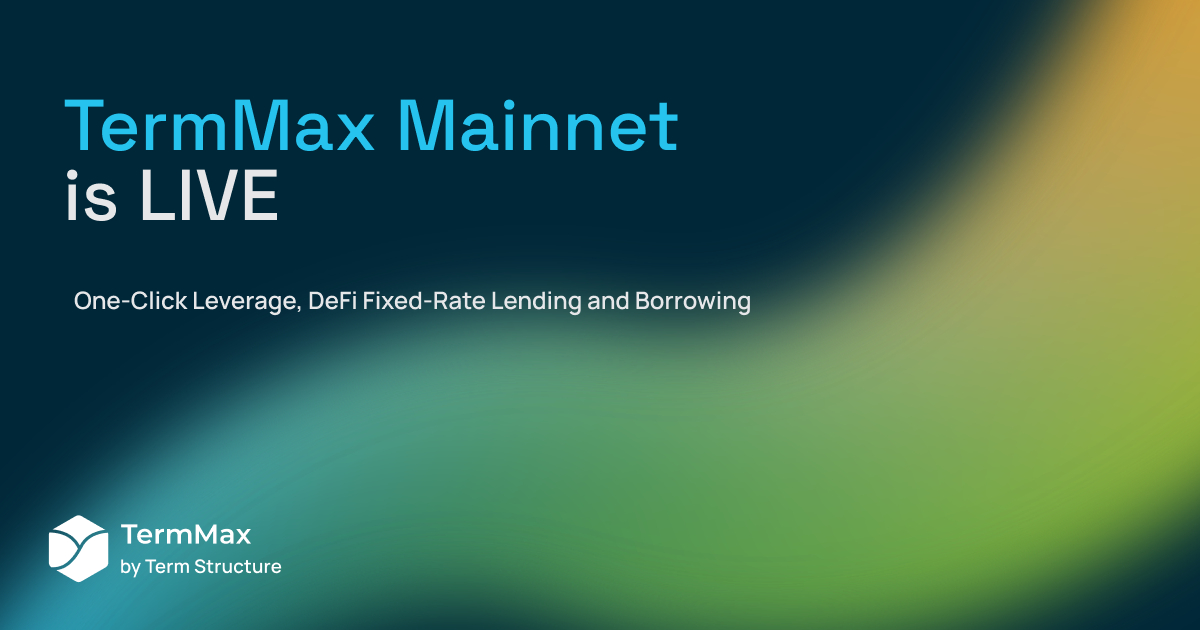What is the CAC 40?
The CAC 40 is the benchmark index of the French stock market, bringing together the 40 largest companies listed on Euronext Paris. These companies are selected based on their market capitalization and liquidity. Created in 1987, the name “CAC” stands for “Continuous Assisted Listing”. This index tracks the values of the companies in it in real time, offering an immediate snapshot of the country’s economic health. Comparable to the US Dow Jones and the UK’s FTSE 100, the CAC 40 stands out for its sectoral diversity, encompassing leaders in areas such as energy, finance and luxury.

History and evolution of the CAC 40 index
The creation of the CAC 40 marked a turning point for the Paris Stock Exchange, allowing it to follow the evolution of large French companies in real time. The index started with a base of 1,000 points in December 1987. In 2003, it adopted an adjusted free float capitalization, taking into account only available-for-sale shares, reinforcing its representativeness on the market.
The CAC 40 is reassessed quarterly, a procedure that allows a consistent composition to be maintained by adding or removing companies according to strict liquidity and capitalization criteria.
Importance of the CAC 40 in the French economy
Understanding the CAC 40 is essential to grasp the movements of the French market and its attractiveness to foreign investors. As the main index, it provides visibility into France’s economic health and plays a key role in investment decisions, attracting capital thanks to its relative stability and the diversity of its represented sectors.
| Year | Major evolution |
|---|---|
| 1987 | Creation with 1,000 points |
| 2003 | Transition to free float |
| Quarterly | Index re-evaluation |
Importance to investors
For investors, following the CAC 40 is essential. This index provides information on the performance of companies and helps to make informed investment decisions. Many investors use the CAC 40 as a benchmark to assess the performance of their portfolios. Investing in ETFs based on the CAC 40 or in individual stocks of the companies that make it up can offer diversification opportunities.
Structure and composition criteria of the CAC 40 index
Criteria for selecting companies
Integration into the CAC 40 follows strict rules. The companies must be among the largest market capitalizations on the Paris market and demonstrate strong liquidity. Only stocks with a high free float – i.e. available for sale on the market – are taken into account. This selection method is based on the following criteria:
- Free float capitalization: only freely tradable shares are counted, which excludes shares held by controlling investors.
- Liquidity: A company must demonstrate a sufficient volume of transactions to reflect its attractiveness.
- Sectoral representation: the various sectors are integrated, in order to maintain a diversified index that is representative of the French economy.
These criteria are regularly evaluated by a committee of experts, which ensures the consistency of the index and its alignment with market performance.
Sectors represented in the CAC 40
The CAC 40 index includes companies from various sectors. This sectoral diversity reinforces its stability and allows it to withstand economic fluctuations. Key sectors represented include:
- Energy: with leaders such as TotalEnergies, this sector represents a major share of the CAC 40.
- Finance: banks and financial institutions such as BNP Paribas or Société Générale.
- Luxury and consumption: LVMH, L’Oréal and Hermès, renowned luxury companies, play a major role.
- Industry: Airbus and Renault are among the influential industrial companies in the index.
This diversification allows investors to access a balanced portfolio, covering both stable sectors such as consumption and more cyclical ones, such as energy.
The major companies of the CAC 40 and their influence
Some CAC 40 companies, such as Sanofi and LVMH, have a notable impact on the performance of the index. They directly influence the movements of the index thanks to their weight in the capitalization. These companies are often referred to as blue chips for their financial strength and importance in the market.
| Sector | Major companies |
|---|---|
| Energy | TotalEnergies |
| Finance | BNP Paribas, Société Générale |
| Luxury and consumption | LVMH, Hermès, L’Oréal |
| Industry | Airbus, Renault |
Thanks to these companies, the CAC 40 remains a benchmark for the French economy and an essential tool for investors seeking diversified exposure.
Why and how to invest in the CAC 40?
Advantages of investing in the CAC 40
Investing in the CAC 40 has many advantages, especially for those looking to diversify their portfolio. Here are some key points:
- Diversification and security for investors: The CAC 40 includes 40 large companies from various sectors, allowing investors to benefit from broad exposure. This diversity contributes to the stability of the index, reducing the risks associated with the performance of a single sector. In times of economic volatility, this can protect investments.
- Long-term return potential: Historically, the CAC 40 has shown an ability to offer an attractive average annualized return. CAC 40 dividends also represent a source of passive income for investors. In the long term, these returns can offset inflation and improve the performance of investment portfolios.
Investment options: stocks, ETFs and funds
There are several ways to invest in the CAC 40:
- Direct purchase of shares: Investors can buy individual shares of CAC 40 companies. This makes it possible to specifically target certain companies deemed promising.
- Derivatives (ETFs): CAC 40 ETFs allow you to buy a basket of stocks grouped together in an index. This offers a passive approach to investing, which can be less risky and more economical in terms of fees.
Comparison of investment methods
| Investment Method | Advantages | Disadvantages |
|---|---|---|
| Individual actions | Full control over choices | Increased risk due to volatility |
| ETF | Instant diversification, low fees | Less control over specific actions |
| Investment Funds | Professional management | Management fees are often high |
Practical guide to investing
Process of buying and selling CAC 40 shares
To invest in the CAC 40, the following steps are recommended:
- Choose a trading platform: Select a platform that suits your needs, whether it’s an online broker or a traditional bank.
- Open a trading account: Complete the necessary formalities and deposit funds into your account.
- Conduct research: Analyze the past performance and trends of CAC 40 companies.
- Place buy or sell orders: Use the tools on your platform to buy or sell stocks according to your strategy.
Choosing the right trading platforms
There are several trading platforms that allow access to the CAC 40. Here are some criteria to consider:
- Brokerage fees: Compare the fees associated with transactions.
- User interface: An intuitive platform makes transactions easy.
- Analytical tools: Look for platforms that offer technical and fundamental analysis tools.
CAC 40 FAQs
- What is the CAC 40?
The CAC 40 is a stock market index that tracks the performance of the 40 largest companies listed on the Paris Stock Exchange, selected on the basis of their free float capitalization. This index is a major economic barometer of France and an indicator of investor confidence.
- Why invest in the CAC 40?
Investing in the CAC 40 allows you to access significant sectoral diversification. The index includes companies from a variety of sectors, ranging from energy to luxury. This diversification mitigates the risks associated with economic fluctuations specific to a single sector.
- How to invest in the CAC 40?
There are several options for investing in the CAC 40: exchange-traded funds (ETFs), which track the index, are popular, as is the direct purchase of shares in the companies that make up the CAC 40. It is also possible to speculate on the index via derivatives such as futures contracts or options.
- Which companies make up the CAC 40?
CAC 40 companies include well-known multinationals such as LVMH, TotalEnergies, Sanofi and Airbus. These companies are selected according to their capitalization and liquidity, and the ranking is reviewed quarterly to ensure an accurate representation of the French market.
- What are the advantages and disadvantages of the CAC 40?
The CAC 40 index is appreciated for its relative stability and sector diversity, which reduces risks for investors. However, it remains sensitive to economic fluctuations and global events that can have a strong impact on its performance.














